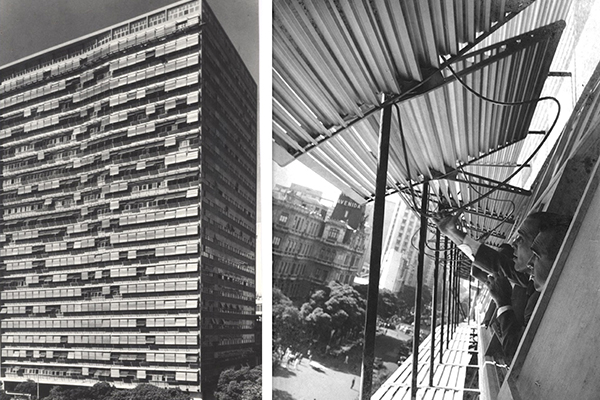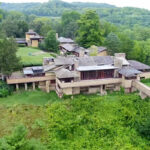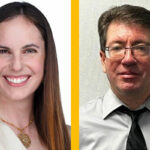“A History of the Not-So-Utopian Future” presentation by Daniel A. Barber, Assistant Professor, University of Pennsylvania; Alexander von Humboldt Fellow, Rachel Carson Center, Philadelphia.
This lecture is cosponsored with the UWM Digital Humanities Lab.
Time and Place
Time: 4:30pm
Location: Architecture and Urban Planning Building 170
Bio
Daniel A. Barber is an Assistant Professor at the University of Pennsylvania School of Design and a Lecturer at Princeton University. His research looks at the historical relationship between architecture and the emergence of global environmental culture. His first book A House in the Sun: Modern Architecture and Solar Energy in the Cold War was published in 2016. A second book Climatic Effects: Architecture, Media, and the Great Acceleration, is forthcoming. He has articles in Public Culture, Grey Room, Technology and Culture, and The Avery Review. He lectures internationally, including a recent keynote for Que Fait l’Énergie à l’Architecture? at ENSA- Paris-Belleville.
Daniel is involved in collaborative research projects, including a series of workshops exploring the environmental history of architecture. He has held fellowships at the Harvard Center for the Environment, the Princeton Environmental Institute, the Courtauld Institute, and currently, a Humboldt Fellowship at the Rachel Carson Center.
Presentation Summary
How does the specter of catastrophic climate change inflect the methods and narratives of architectural history? In the first instance, a number of case studies, heretofore largely unknown, emerge as newly significant. This lecture will discuss two, describing how solar house heating methods and techniques of climatic design were essentials aspects of the global architectural discussion in the period surrounding World War II. These techno-cultural developments not only produced novel designs, they also emphasized the role of architecture as a dynamic mediating practice, facilitating novel conceptions of the relationship between social and biotic systems. Architectural ideas had important ramifications for technological applications of the environmental sciences, and for the global ambitions of environmental governance.
In the second instance, the insertion of these narratives into the history of architectural modernism disrupt familiar patterns of knowledge. An environmental history of architecture has begun to emerge, in which activities and intentions in the design fields serve as a cipher for the changing cultural approaches to the environment across the long 20th century. As such, these and related case studies offer new frameworks for understanding the relationship between technology, culture, and environment across the Great Acceleration – frameworks that help scholars, architects, and others make sense of the epochal shifts we are facing.
Need Parking?
Please checkout Visiting the UW-Milwaukee Campus for transit and non–motorized options and parking.
Need Directions?
Get directions to The School of Architecture and Urban Planning building at the University of Wisconsin-Milwaukee is located at 2131 East Hartford Avenue, Milwaukee, Wisconsin.
Questions, comments?
All lectures are free and open to the public.
Additional information about the lectures and exhibitions can be found by contacting the main reception at (414) 229-4014, and by emailing any inquiries to Assistant Professor Whitney Moon.




